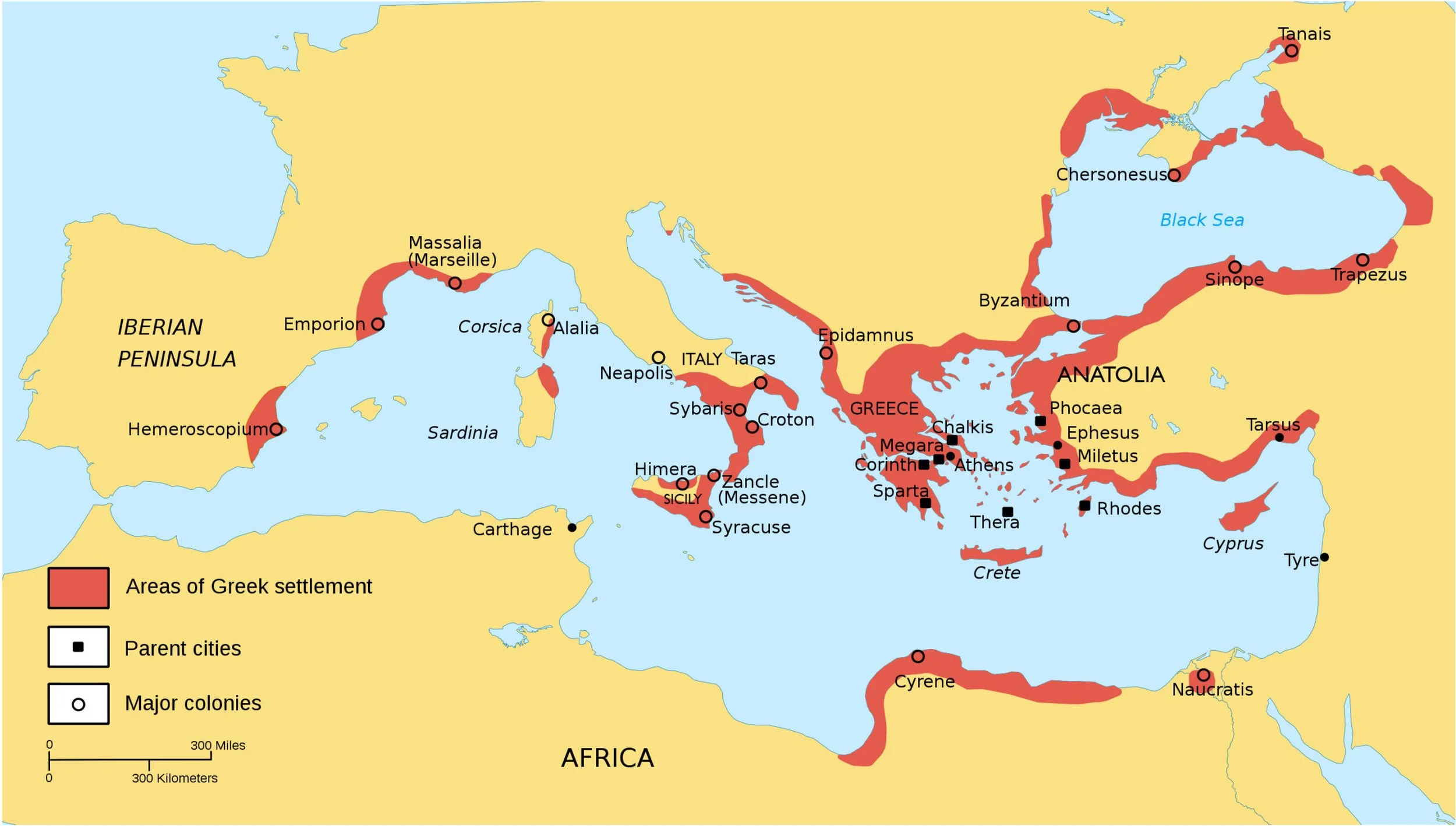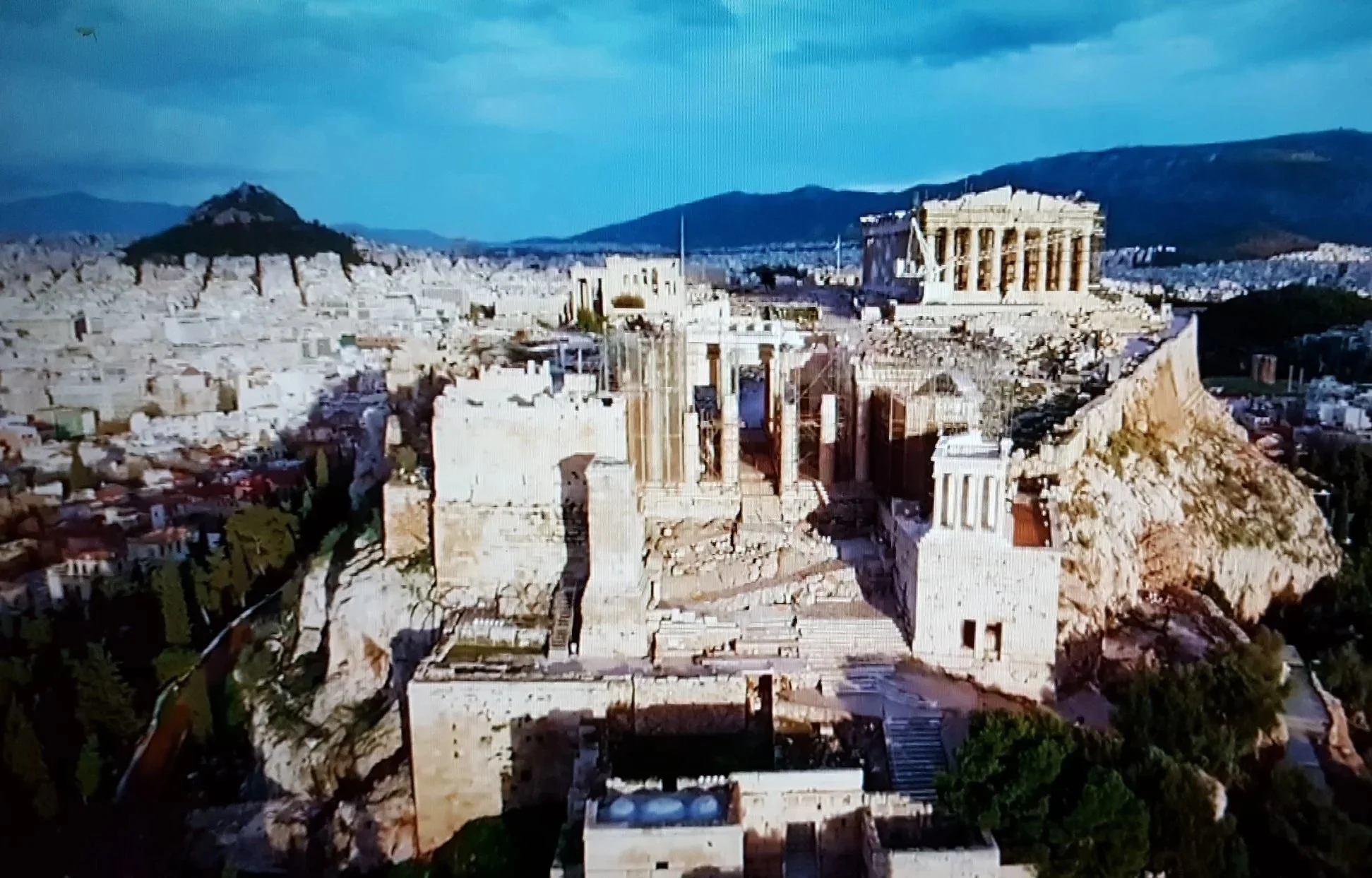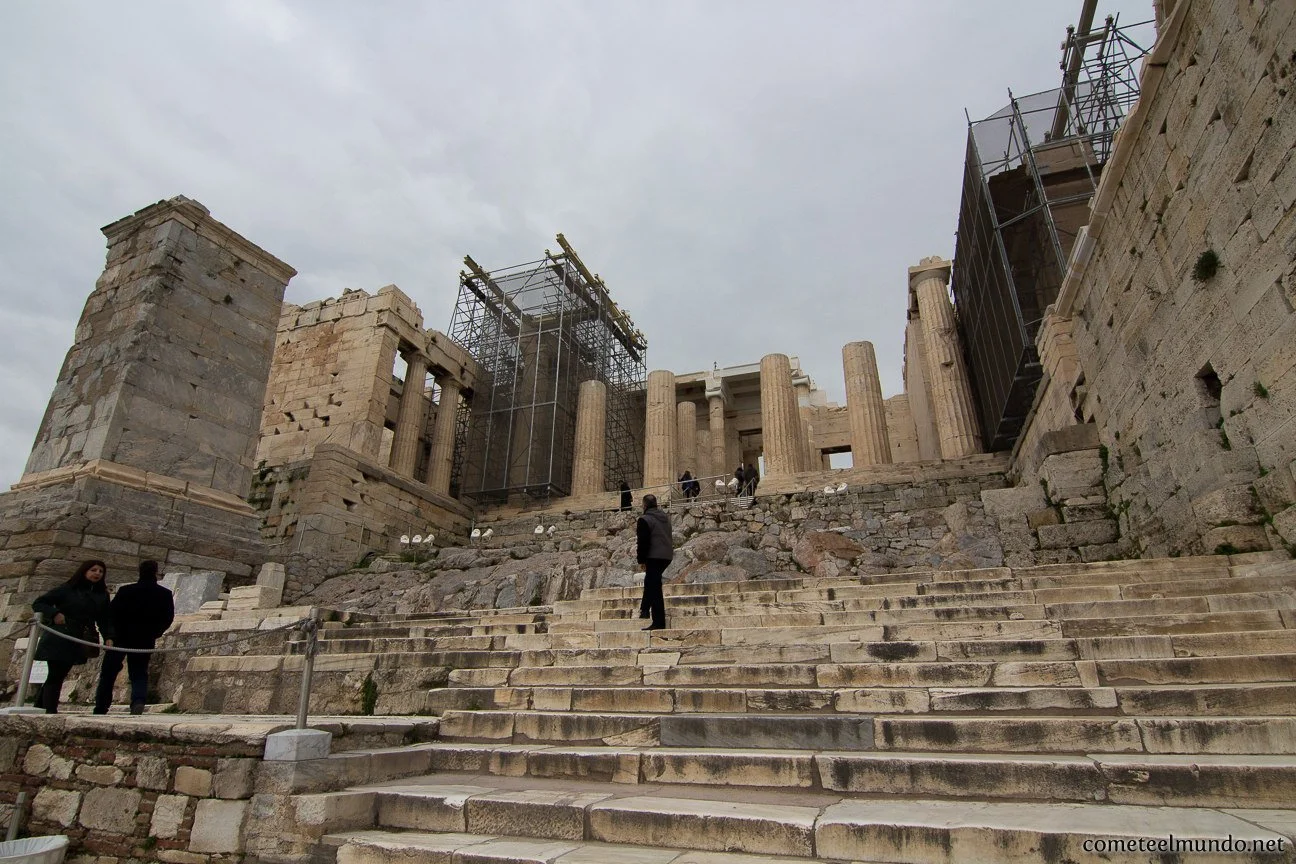primera parte: la historia de los tiempos y espacios clasicos
el acropolis
el partenon
Greek temple construction evolved from early wooden and mud-brick structures in the pre-Archaic period (before 700 BCE) to monumental stone temples by the Archaic and Classical periods (700–323 BCE). Stone construction began in the 7th century BCE, initially using limestone and tufa, with marble becoming more widespread for major projects after the 6th century BCE. The classical temple plan with a rectangular base, central cella, and surrounding colonnade emerged around 600 BCE, developing through the 5th century BCE and beyond. The Corinthian order, characterized by its ornate, plant-like capital, appeared in the mid-5th century BCE but became more common in Hellenistic temples after 323 BCE.
Temple of Apollo Epikourios, Bassae














































